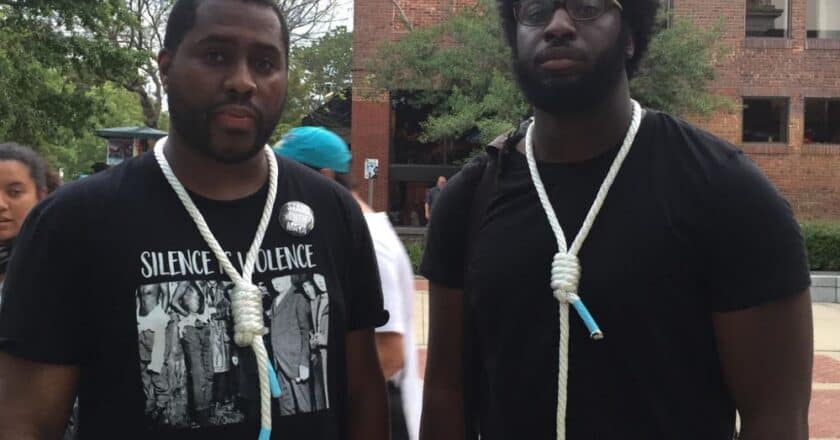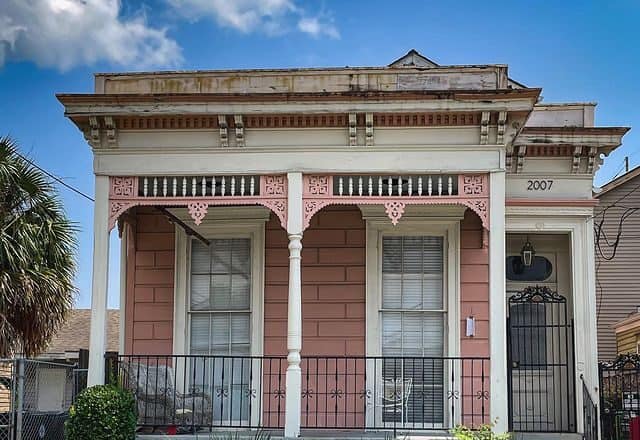Being a Nonno
by Tony Del PlatoTranslated into Italian by Danielle Vestita
“By each crime and every kindness, we birth our future.”
― David Mitchell, Cloud Atlas
I love being a Nonno. I have enough good health to enjoy my three grandchildren. Sagan Alexander Del Plato will be 4 February 14, this year; Conor Ryan Kidney (or KaNAH in Brooklynese) is 4 ½, born May 4; and Orianne Olivia Del Plato, approaching 6, March 9. They bring me laughter and out-of-breath moments. They are sunshine with bursts of thunder and lightning. The apples of my eye. The sweetest, most loving little people. I rejoice to their spontaneous: I love you Nonno.
When meeting Sagan and Orianne at their house, Sagan is hopping up and down shouting “Hi Nonno!” Orianne is coy with my arrival. And as soon as I’m out o...

